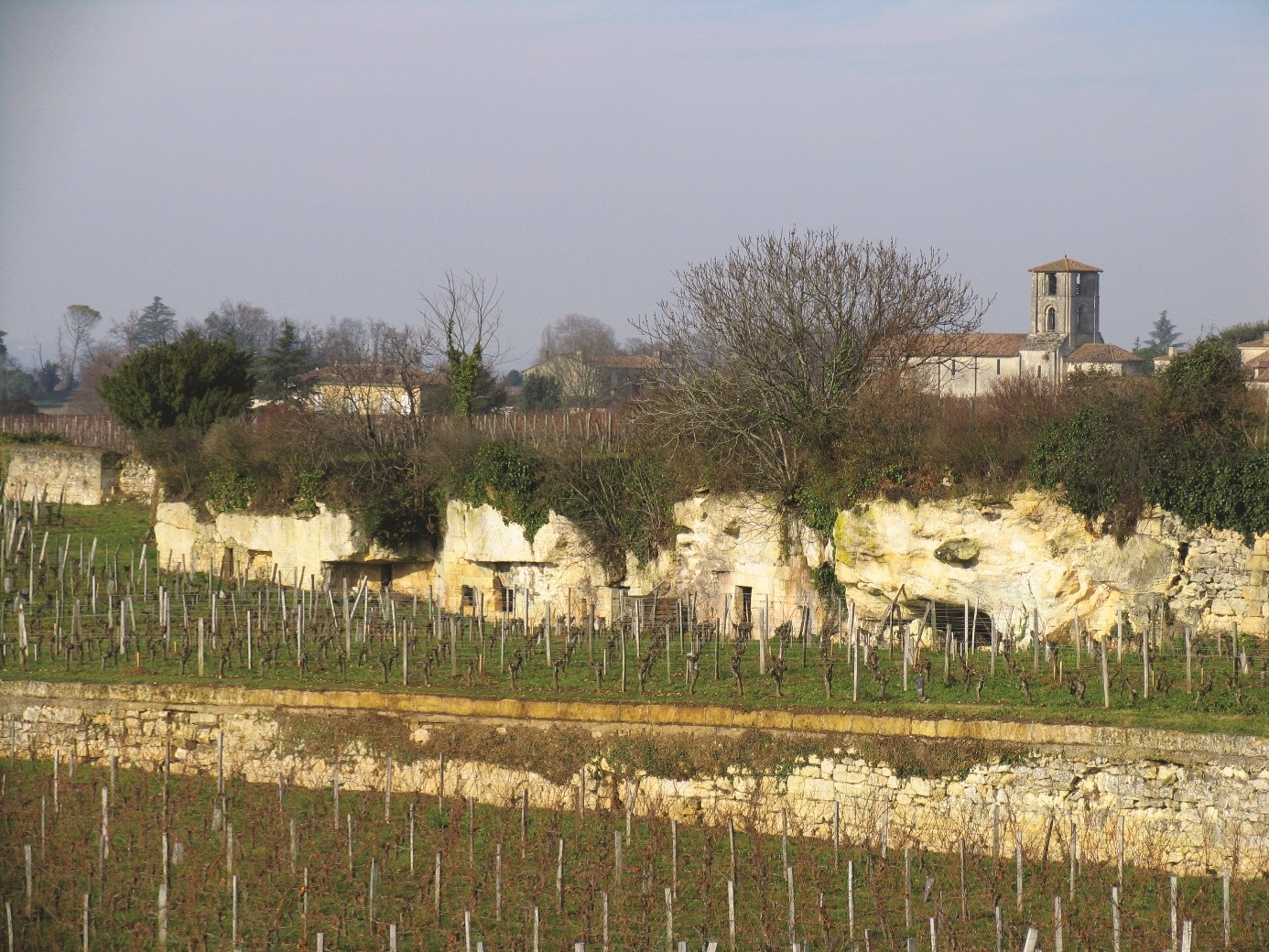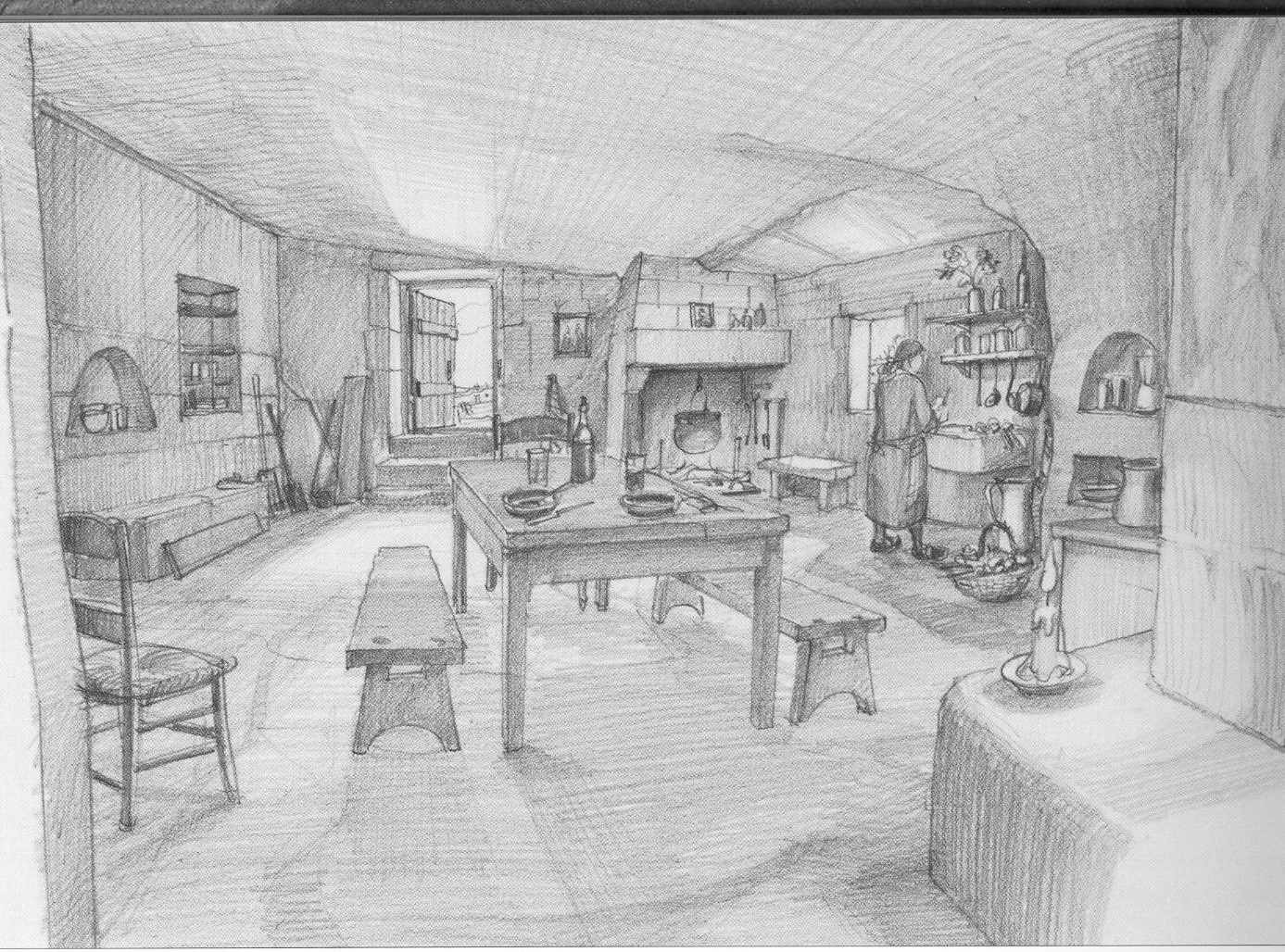Delanghe Damien (Revue CVIII 2017)
Damien Delanghe
Mille ans de troglodytisme à Saint Emilion
 La petite ville de Saint-Emilion en Gironde est profondément marquée par la pierre Ce fut longtemps la principale ressource économique locale avec la vigne.
La petite ville de Saint-Emilion en Gironde est profondément marquée par la pierre Ce fut longtemps la principale ressource économique locale avec la vigne.
L’ermite Émilien est le premier personnage connu, quoique légendaire, à avoir vécu dans la roche. Parmi les autres hôtes de marque du sous-sol saint-émilionnais figurent les députés Girondins proscrits sous la Terreur en 1793, qui y trouvèrent un refuge éphémère. Mais une partie de la population locale a vraiment élu domicile dans des habitations souterraines au moins depuis le XIVe siècle et jusqu’au XIXe.
Aujourd’hui plusieurs dizaines de ces habitations, subsistent. Des prospections systématiques ont permis d’identifier plus d’une centaine de sites répartis dans quatre communes de la Juridiction. L'observation de terrain fournit une typologie des habitats et des aménagements immobiliers.
Par ailleurs d'abondantes archives du, XIIIe siècle à nos jours, relative au lieu-dit La Madeleine, offrent l’opportunité exceptionnelle d’une relation entre des textes anciens, et des édifices encore identifiables et accessibles : les habitats troglodytiques y sont mentionnés 56 fois, entre 1341 et 1839.
Les textes apportent des précisions sur les aménagements intérieurs et les abords, leur disposition, les dimensions. Ils permettent également de connaitre les propriétaires et les occupants ainsi que, leur rang social et leurs relations de voisinage.
One Thousand Years of Cave Living in Saint- Emilion
The small town of Saint - Emillion in the Gironde is deeply marked by stone. For a long time it was the main local economic resource, along with wine.
 The hermit Emilien is the first known, albeit largelv legendary, figure to have lived here in a rock cave. Among the other guests of the Saint-Emilionnais underground were the Girondin deputies who found an ephemeral refuge there when they were outlawed under the Terror in 1793. But a part of the local population actually chose to live in underground housing from the 14th to the nineteenth century.
The hermit Emilien is the first known, albeit largelv legendary, figure to have lived here in a rock cave. Among the other guests of the Saint-Emilionnais underground were the Girondin deputies who found an ephemeral refuge there when they were outlawed under the Terror in 1793. But a part of the local population actually chose to live in underground housing from the 14th to the nineteenth century.
Today several dozen of this dwelllings remain. We have identified by systematic surveys more than a hundred sites in four municipalities within the jurisdiction. Field observation provides a typology of habitats and real estate organization.
The abondant archives from the 13th century to the present day relating to the place called La Madeleine offer an exceptional opportunity to show the relationship between ancient texts and buildings still identifiable and accessible The troglodyte habitats are mentioned 56 times, between 1341 and 1839.
The texts provide details on the interior fittings and the surroundings, their layout and their dimensions. They also make it possible to know the owners and occupants as well as their social status and their neighborhood relations.
